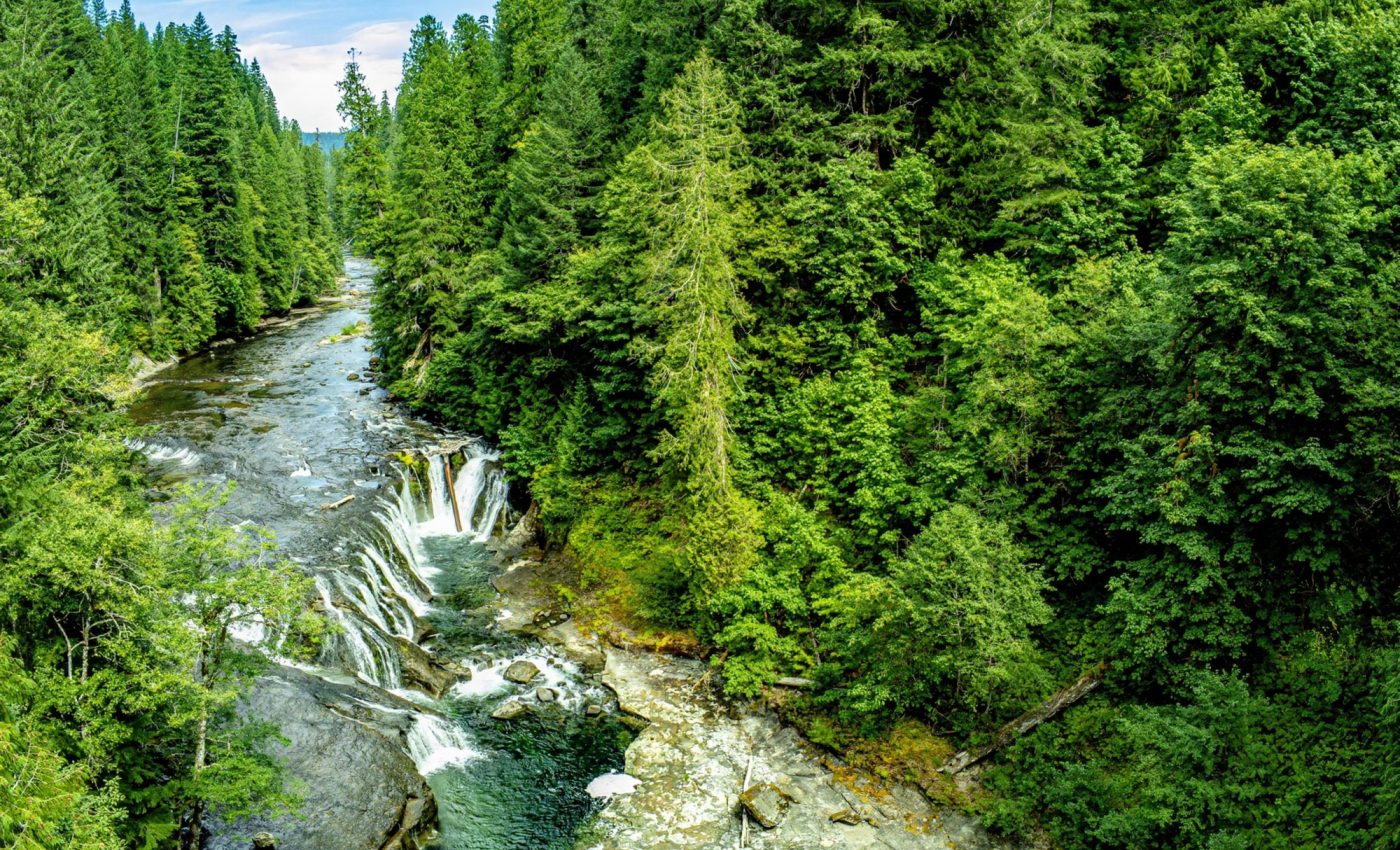
Droughts and fires diminish forests’ carbon storage ability
Forests have long been recognized for their ability to absorb carbon dioxide, making them a key component in natural climate solutions.
However, a new study published in the journal Earth’s Future casts doubt on the effectiveness of Western US forests in mitigating climate change.
Focus of the research
“Forests are a large carbon sink and could serve as natural climate solutions that help moderate future warming. Thus, establishing forest carbon baselines is essential for tracking climate-mitigation targets,” wrote the researchers.
“Western US forests are natural climate solution hotspots but are profoundly threatened by drought and altered disturbance regimes. How these factors shape spatial patterns of carbon storage and carbon change over time is poorly resolved.”
Carbon storage ability of Western forests
Led by Jazlynn Hall from the Cary Institute of Ecosystem Studies, the research analyzed forest carbon storage trends in the American West from 2005 to 2019. The experts found that climate change and fires are causing forests to store less carbon.
“There’s a lot of momentum to use forests as natural climate solutions,” said Hall. “Many climate mitigation pathways rely in part on additional forest carbon storage to keep warming below 1.5 degrees C this century.”
“We wanted to provide a baseline for how much carbon is currently stored in Western forests, how it’s changing, and how disturbances like fire and drought pose a threat to climate mitigation targets.”
Hall and her team used survey data from the US Forest Service to estimate carbon storage in 19 ecoregions, spanning diverse climates and ecological zones.
Carbon storage trends
The researchers discovered that carbon stored in living trees decreased while carbon in dead trees increased, with climate and fires being the primary drivers of these trends.
“These challenges have the potential to compromise carbon storage capacity and undermine our ability to mitigate climate change,” Hall cautioned.
Factors influencing forest carbon storage
The study used machine learning to identify the main factors affecting carbon storage, finding that climate and fire were the most significant influences.
Park Williams, a hydroclimatologist at UCLA and co-author of the study, emphasized the utility of these methods for monitoring future carbon storage and assessing the impacts of forest management efforts.
The research revealed that many Western forests might face accelerated carbon loss, particularly due to fire suppression practices that have made forests denser and more prone to severe fires.
“Dry forests in the Western US may be acutely vulnerable to carbon loss without strong and immediate investment in proactive forest management [such as thinning and prescribed burning],” the scientists wrote.
A glimmer of hope
Notably, the Pacific Northwest was an exception, showing an increase in carbon storage, likely due to efforts to reduce old-growth forest harvesting and expand protected areas.
“It offers a glimmer of hope that we can change things, especially in human-dominated areas,” Hall explained.
Despite the initial optimism, the team acknowledges that Western US forests might not be reliable for increasing carbon storage, especially following the severe wildfires of 2020 and 2021.
Senior author Winslow Hansen from the Cary Institute suggests that enhancing the stability of carbon through mechanical thinning and prescribed burning might be feasible, albeit at a lower carbon carrying capacity.
Sustainable fire management practices
“The study highlights the vulnerability of western US forests to climate-related and human threats to carbon, providing crucial insights for effective climate change mitigation strategies,” wrote the study authors.
“Understanding these dynamics is essential for scientists, policymakers, and educators working toward sustainable forest management and climate solutions in the region.”
Hansen is currently leading the Western Fire and Forest Resilience Collaborative, a research initiative aimed at developing sustainable fire management practices.
The study’s baseline data will be crucial for tracking forest carbon changes and informing management strategies tailored to local conditions.
“This information could serve as the foundation for forest management strategies to maximize carbon storage where we can,” said Hansen, “and to avoid catastrophic emissions of carbon elsewhere.”
Thus, while Western US forests face significant challenges in contributing to climate change mitigation, strategic management and targeted approaches could enhance their resilience and carbon storage capabilities.
—–
Like what you read? Subscribe to our newsletter for engaging articles, exclusive content, and the latest updates.
Check us out on EarthSnap, a free app brought to you by Eric Ralls and Earth.com.
—–













